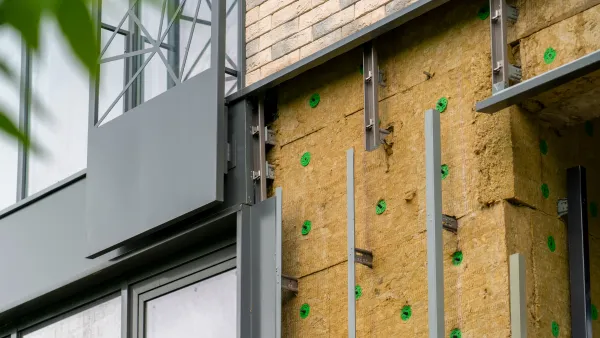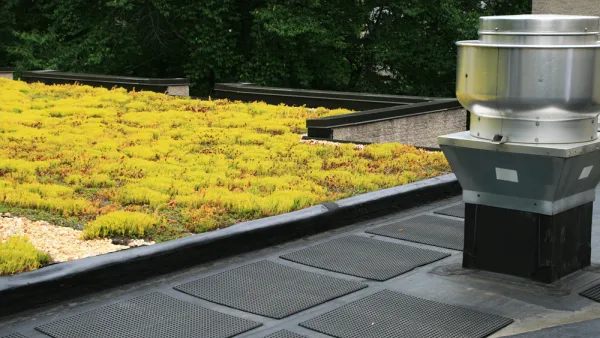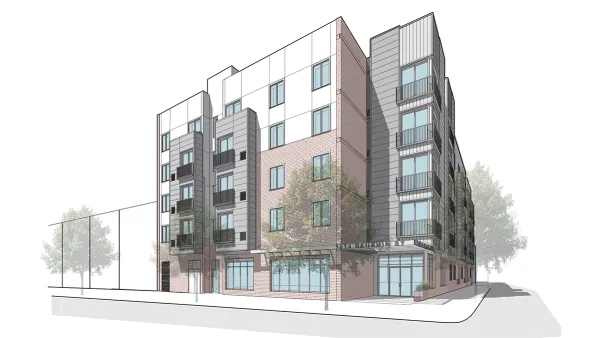As the current fascination with all things green grows with leaps and bounds, the question arises – are there any limits to what can be green?
As the current fascination with all things green grows with leaps and bounds, the question arises – are there any limits to what can be green?
In recent weeks I have seen articles in the Los Angeles Times magazine about how environmentalists are teaming with Wall Street investment banks to create green investment products and that a group of green leaning investors purchased the Texas-based utility TXU. Right down the street from my office is the world's first green parking structure. Can Wall Street, the belly of short-horizon, profit-based capitalism beast truly be developing an environmental consciousness? Can a hydrocarbon-based utility ever become green, no matter what commitments it makes to stop burning coal and reduce carbon emissions? Is greening a warehouse for one of the most egregious environmental villains– the personal automobile – an exercise in inspired design or futility?
Well, I think that for sustainability to have the possibility to effect the status quo in a meaningful way these types of turn-the-stereotype-on-its-head efforts are exactly what is needed. So I encourage us to find the green opportunity where nothing seems to exist, in the rooftop, sidewalk, alley, city yard, landfill, general plan, air quality management plan, economic development plan.
By looking beyond the self-imposed boundaries about what is green and what is not, we may be able to see the opportunities for synergy and integration that can make green an expectation rather than a newsworthy aberration.
(I had the chance to talk in some depth about these issues a couple of weeks ago on the KCRW program Design and Architecture.)

National Parks Layoffs Will Cause Communities to Lose Billions
Thousands of essential park workers were laid off this week, just before the busy spring break season.

Retro-silient?: America’s First “Eco-burb,” The Woodlands Turns 50
A master-planned community north of Houston offers lessons on green infrastructure and resilient design, but falls short of its founder’s lofty affordability and walkability goals.

Delivering for America Plan Will Downgrade Mail Service in at Least 49.5 Percent of Zip Codes
Republican and Democrat lawmakers criticize the plan for its disproportionate negative impact on rural communities.

Test News Post 1
This is a summary

Test News Headline 46
Test for the image on the front page.

Balancing Bombs and Butterflies: How the National Guard Protects a Rare Species
The National Guard at Fort Indiantown Gap uses GIS technology and land management strategies to balance military training with conservation efforts, ensuring the survival of the rare eastern regal fritillary butterfly.
Urban Design for Planners 1: Software Tools
This six-course series explores essential urban design concepts using open source software and equips planners with the tools they need to participate fully in the urban design process.
Planning for Universal Design
Learn the tools for implementing Universal Design in planning regulations.
EMC Planning Group, Inc.
Planetizen
Planetizen
Mpact (formerly Rail~Volution)
Great Falls Development Authority, Inc.
HUDs Office of Policy Development and Research
NYU Wagner Graduate School of Public Service






























